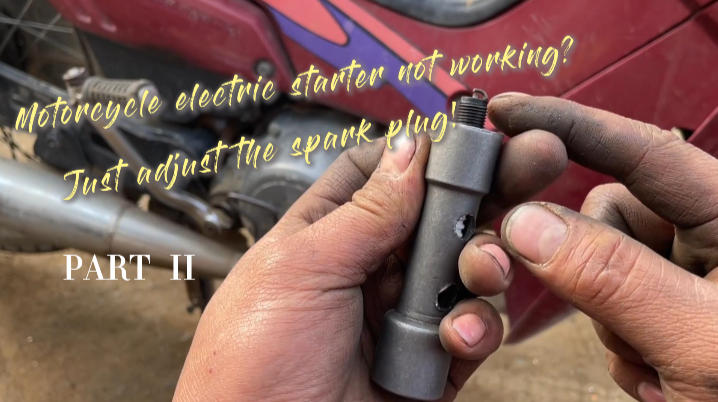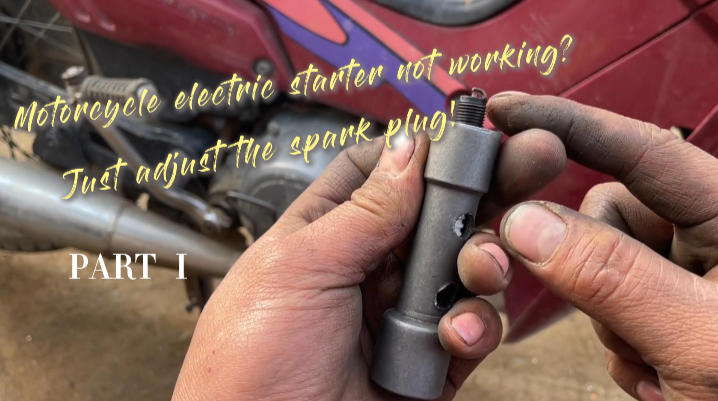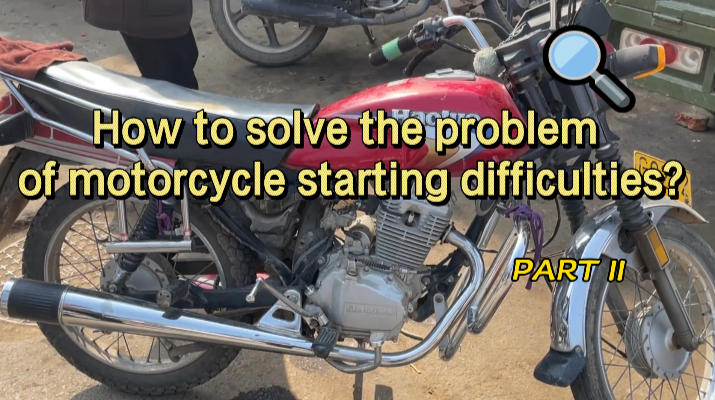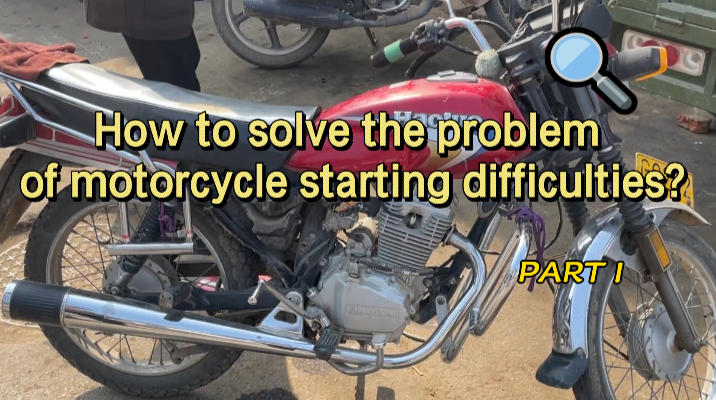What Is a Starting Motor? (And Why It’s Low-Key the Reason You Make It to Work On Time)
-
25
-
2025-10-10 14:22:29
Let’s be real—we’ve all been there. It’s Monday morning, you hit snooze three times, and now you’re sprinting to the car with a half-spilled oat milk latte in one hand and your laptop bag slipping off the other. You flop into the driver’s seat (the leather’s still cold from the morning air), jam the key in the ignition, and… click-click-click. That sad, tinny sound that instantly makes your stomach drop. Or worse—total silence.
You’re gonna be late. Again. And in that panic, you’re finally noticing the little hero (or villain, in this case) you never think about: the starting motor. Most people just call it the “starter,” but it’s the reason your engine doesn’t stay a giant, quiet hunk of metal. So what is it, exactly? And how does it pull off the whole “wake up a 2,000-pound machine” trick?
Let’s break this down like we’re chatting over a wrench—no confusing engineering talk, just the good stuff.
Your Engine’s Lazy-Morning Alarm Clock
Think of your car’s engine as someone who hits snooze 10 times. Once it’s up and running, it’s fine—chugging along, powering your commute, even surviving your lead-footed merges. But to get it out of “deep sleep”? It needs a kick. A big one. That’s the starter: loud, a little annoying, but essential.
Its only job? Crank the engine fast enough so it “catches” and starts running on its own. It’s a quick burst—like sprinting 10 feet instead of a marathon. Once the engine’s roaring, the starter bows out. It’s basically like, “My work here is done,” and goes back to napping under the hood until tomorrow.
How This “Alarm Clock” Actually Works: 3 Crew Members You Need to Know
The starter isn’t a one-man show—it’s a tiny, hardworking team. Here’s who does what:
1. The Starter Motor: The “Lift Heavy” Guy
This is the star of the show. It’s a beefy electric motor, and when you twist the key to “start”? It drinks up tons of electricity from your battery—we’re talking enough juice to power a small fridge, but in 2 seconds flat. That jolt makes its central shaft spin like crazy. But spinning fast alone won’t cut it—it needs to hook up to the engine, too.
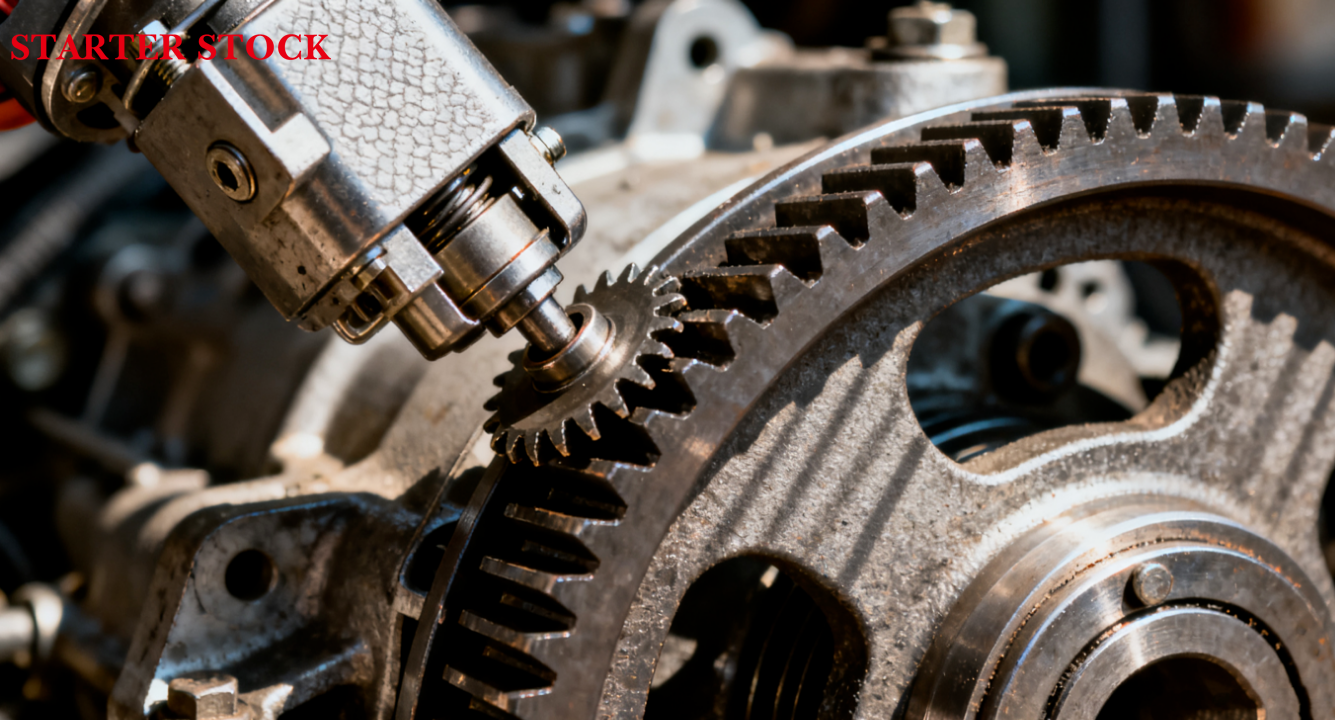
2. The Solenoid: The Tiny Boss With a Plan
Mounted right on the starter, this little can-shaped gadget is the brains. Think of it like a manager who never misses a step—two jobs, no mess:
● The Switchboard Operator: It’s a heavy-duty on/off switch. When you turn the key, it connects the battery’s full power to the starter motor. That solid CLUNK you hear? That’s the solenoid locking in—like it’s saying, “Let’s go.”
● The Gear Pusher: At the same time, a tiny lever from the solenoid shoves a small gear (called the “pinion gear”) out of the starter. This gear locks into a huge ring gear on the engine’s flywheel—basically, the starter grabbing the engine and going, “Wake up, we’re late!”
3. The Battery: The Power Bank That Never Gets Credit
None of this happens without the battery. Starting your car is the hardest thing it does—it has to dump hundreds of amps (that’s a lot of electricity) in a split second. Ever had a weak battery that made your starter sound “tired”? That’s why—no juice, no spin. I once had a battery die in a grocery store parking lot, and the mechanic said, “Your starter’s fine—your battery’s just done.” Lesson learned.
Here’s How It All Goes Down (Step-by-Step, No Jargon)
You twist the key (or push that “start” button—fancy cars included). This sends a tiny electrical signal to the solenoid, like a text saying, “We gotta go.”The solenoid wakes up. It CLUNKS into action: connects the battery to the starter motor, and shoves the pinion gear forward.The gears lock in. The starter’s small gear latches onto the engine’s flywheel—think of it like two puzzle pieces clicking together.The engine cranks. The starter spins like crazy, which turns the flywheel, which spins the whole engine. You’ll hear that familiar “rrrrrrrr” sound.The engine starts. Fuel mixes with spark, the engine “catches,” and suddenly it’s roaring on its own.The starter bows out. You let go of the key (or the button), the solenoid yanks the gear back, and the starter shuts off. Show’s over—until tomorrow.
What Kills a Starter? (And How to Be Nice to It)
Starters are tough—they live next to a hot engine and work overtime in winter—but they’re not indestructible. Here’s what wears ’em out:
● The “Slow Fade”: Inside the starter, there are tiny carbon brushes that carry electricity to the spinning parts. They wear down over time, like the eraser on a well-used pencil—slowly shrinking until they can’t make a good connection. I had a starter die at 150,000 miles, and the mechanic showed me the brushes: they were basically dust.
● Heat = Enemy #1: The starter sits right next to the engine, which gets hot. Over time, that heat breaks down its internal wires and parts—like leaving a phone in a hot car, but every day.
● Your Bad Habits: The biggest killer? “Continuous cranking.” You know the move—holding the key in “start” for 20 seconds, thinking “maybe it’ll work this time.” Don’t do that! It’s like boiling the starter from the inside. If the car doesn’t start after 5-7 seconds, stop. Give it 30 seconds to cool down. I used to crank mine too long, and my dad yelled, “You’re gonna burn it out!” He was right.
So, When You Hear That Dreaded “Click…”
Let’s decode the sounds—because knowing what’s wrong saves you from panicking (or overpaying a mechanic):
● Rapid clicks: Probably a weak battery. The solenoid is trying to work, but there’s not enough juice to spin the motor. Jumpstart it, and you’re good (temporarily—get the battery checked!).
● One solid CLUNK, then nothing: The solenoid’s doing its job, but the starter motor is dead. Time for a new starter.
● Total silence: Big electrical issue—dead battery, a loose wire, or a solenoid that’s quit. Grab a jumper cable first, but if that doesn’t work, call a tow.
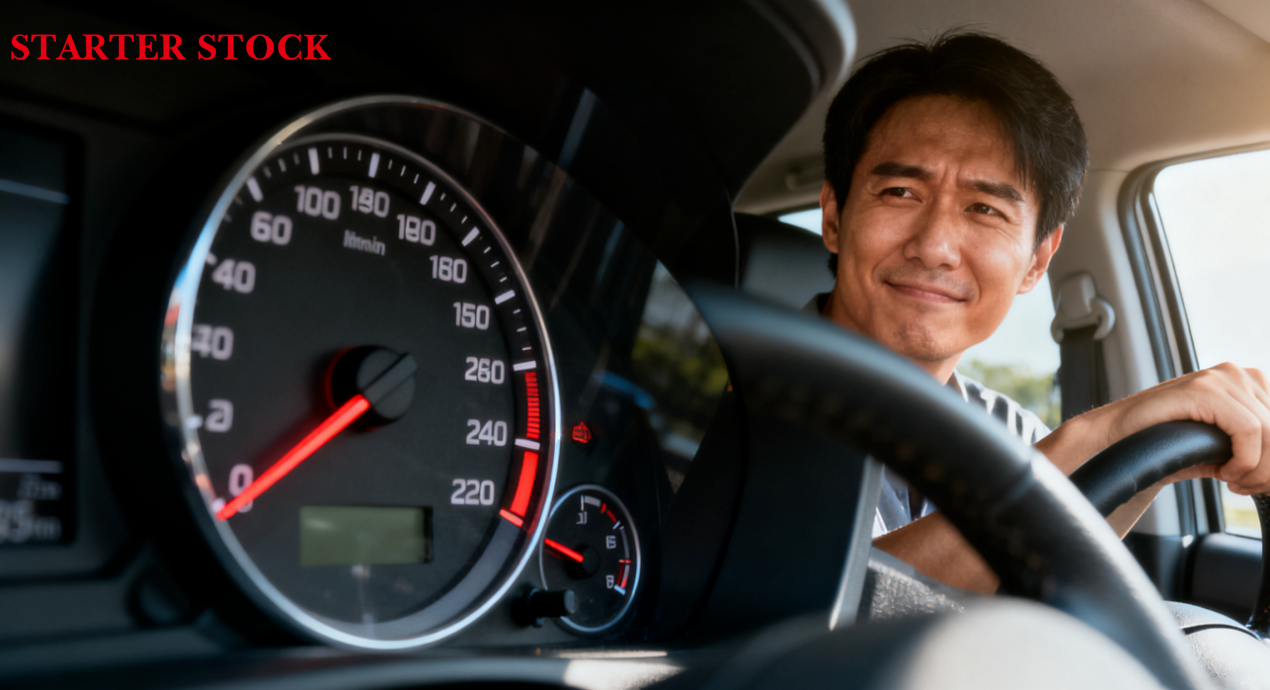
Next time you twist the key and your engine roars to life without a second thought? Take a second to thank that little motor under the hood. It’s not flashy, it’s not fancy, but it’s a piece of simple, tough engineering that gets you to work, to the grocery store, to your friend’s house—one start at a time.
-
Oil Pump JR-B18-1 16700-K20-903 For Z00MER

-
Oil Pump JR-B18 16700-KVG-41 For AIR BLADE
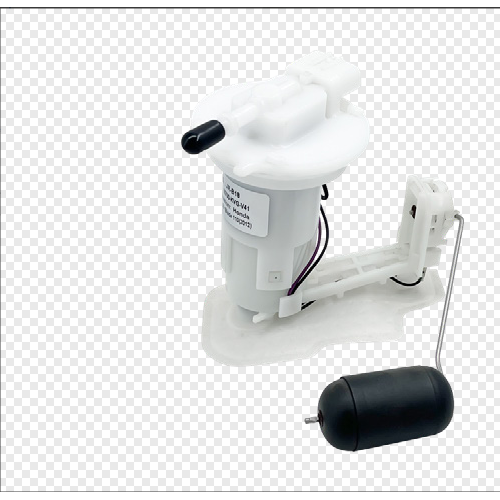
-
Oil Pump JR-B113 16700-HR3-A21 For Fou rTrax Rancher
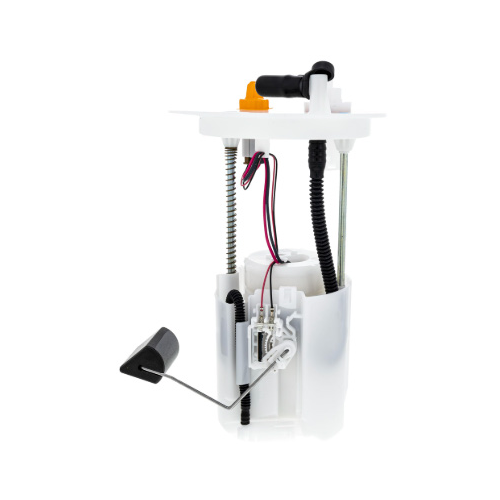
-
Oil Pump JR-B112-1 275500734 For GT1 130/155 2011-2012
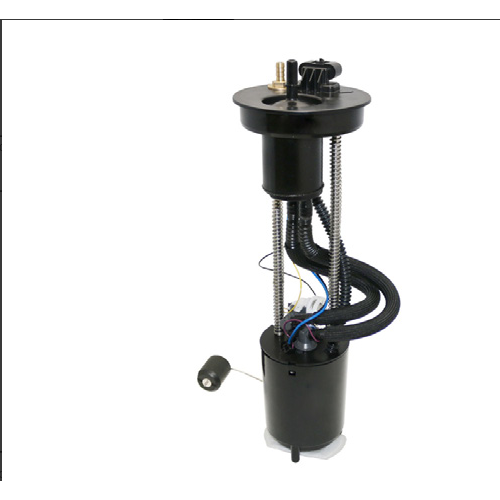
-
Oil Pump JR-B112 47-1027 For MAVERICKX
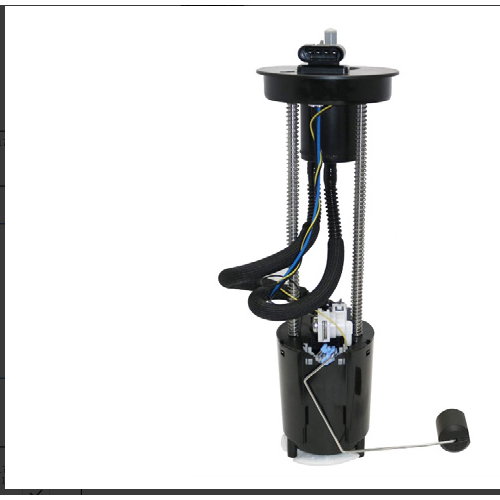
-
Oil Pump JR-B110 47-1050 For OUTLANDER
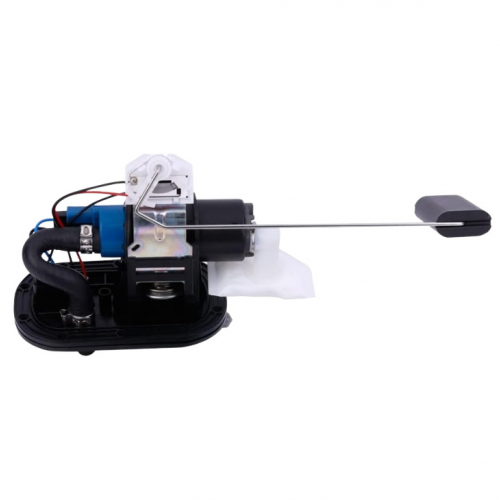
-
Oil Pump JR-B109 709000758 For OUTLANDER
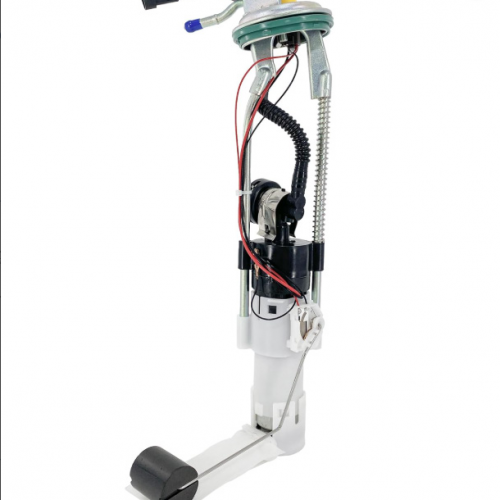
-
Oil Pump JR-B108-1 2204308 For SPORTSMAN
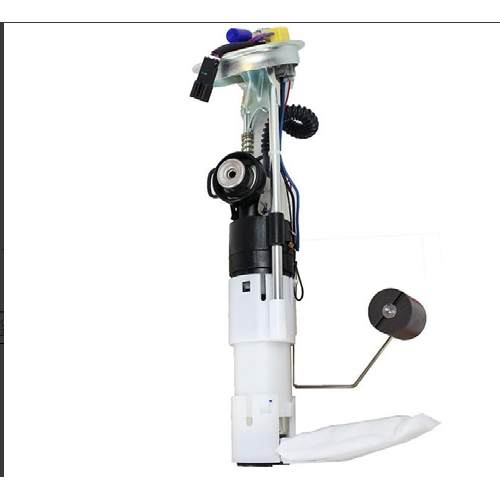
-
Oil Pump JR-B108 47-1014 For SPORTSMAN
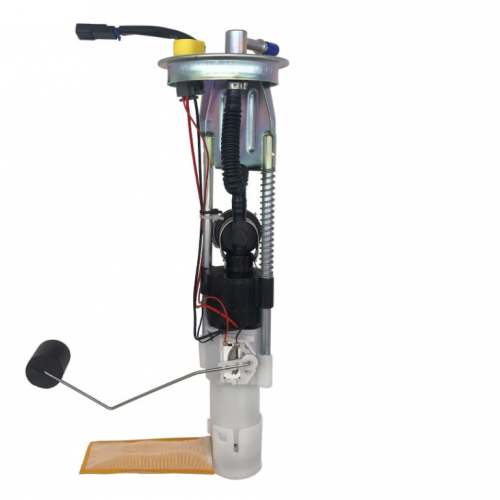
-
Oil Pump JR-B98-1 47-1012 For RANGER



